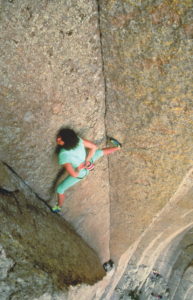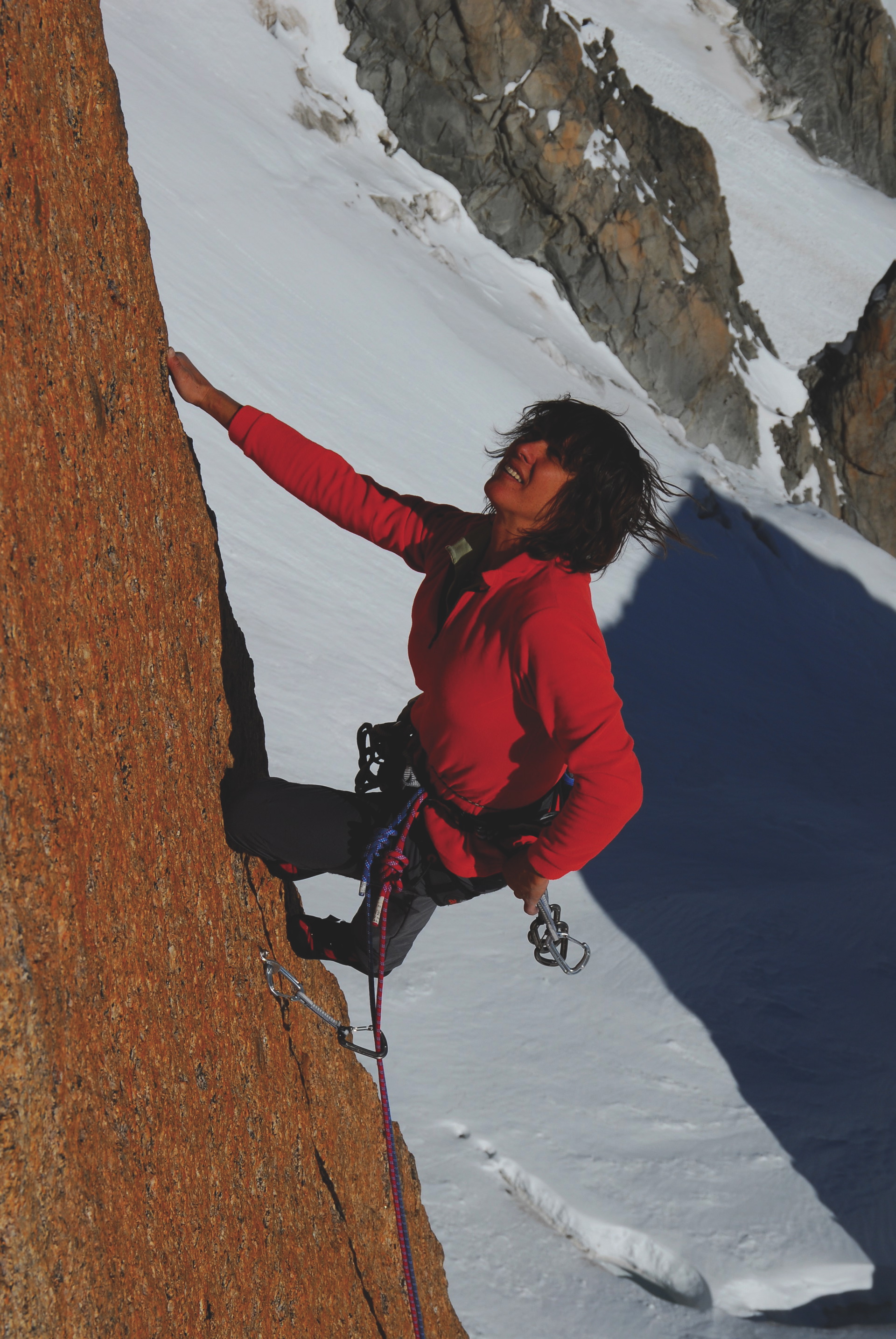The way I work: Catherine Destivelle
The famous French rock climber and mountaineer reflects on an accidental career that has reached great heights
When I was little I wanted to be like Heidi – the little girl who lived with her grandfather in the mountains – and my parents told me I should learn to climb first. At age 12 they put me in a climbing club – Alpin Français – and I discovered I was good at it.
Despite their encouragement, I didn’t always tell my parents what I was doing. They didn’t want me to be too tired for school so wouldn’t let me go too far. I would tell them I was going bouldering 20km from the house while I was 500km away in the Rhône-Alpes.
Climbing wasn’t my first career choice. I became a physiotherapist, but at 25 I was offered sponsorship for climbing and then I won some competitions so I decided to make a living from it.
I am a role model for women climbers and that wasn’t a choice either. I’m happy if I can inspire people but that was never my goal. I tried to do climbs that had never been done before, by man or woman, so each time people would talk about me, not just as a woman but because I am an alpinist.
“I’ve done very little free soloing. You have to have a funny way of thinking to enjoy it.”
Each time I set out on a climb I aimed to do something different and I never wanted to be fooled that I would succeed. In 1991 I opened a new route [Voie Destivelle] up the famous west face of the Drus. It was a solo climb and took 11 days. Even if the joy-stealers talk about me as a “woman climber” that’s OK – I am. I know what I have achieved and I didn’t cheat so that’s OK.
I am known for solo climbing but I do climb with other people. Solo climbing is a performance but climbing in two is nice – especially on hard climbs. It’s very nice to be able to share your emotions because you question yourself all the time and it’s important to be able to speak and share with somebody else. When you’re on your own you concentrate on your moves – you don’t think so much. It’s a nice way to be. It’s a good escape but you don’t want it to last too long. When it’s too much it’s too much.
 I’m well known for free soloing [without ropes] too but I’ve actually done very few. They worry me and when people are scared they don’t go very far. I think you have to have a funny way of thinking to enjoy solo climbing.
I’m well known for free soloing [without ropes] too but I’ve actually done very few. They worry me and when people are scared they don’t go very far. I think you have to have a funny way of thinking to enjoy solo climbing.
I don’t often get scared but I was scared in Antarctica [in 1996, making the first ascent of Peak 4111 in the Ellsworth Mountains]. I fell 20 metres from the summit and had an open fracture on my leg while stranded on this big peak, 4,200 metres high. I thought: “Oh – now I am dead! I am going to die on top of this mountain.” There were only two of us and there was no rescue – nobody was there. We were far away from everything with no radio. I really thought I would die there because it’s impossible to go down with an open fracture on your leg. It took us 16 hours but we did. Then I waited three days for a plane to come.
I still climb now but only on holidays and weekends. It’s just for fun now I’m a book publisher, which I like a lot. I create books and I get to read about things that I like, like climbing or mountaineering. I just published a book about 150 years of climbing called The 9th Grade.
I am married, with one kid. Well, he’s 18 now – so I’m still there but just to keep an eye on him. He’s not interested in climbing – he wants to be a professional musician. I always had confidence in myself so my family were never worried at all about me – but maybe, like my parents when I was 13, they didn’t know exactly what I was doing.
